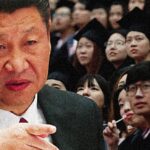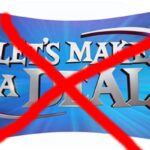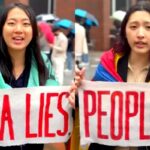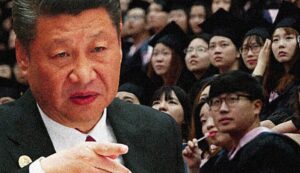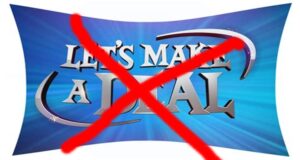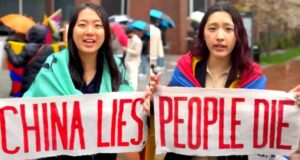
Reporters have been stirring the U.S.–China tariff pot lately, and despite many cooks in this particular kitchen, we’re served flavorless, low-cal, trade-war soup while starved for information.
The recipe is basic. China did this, the U.S. did that, then China did this, then the U.S. did that, et cetera. The topic is trade relations. The effect is ridiculous.
One template for this kind of reporting is to compile a tariff timeline recap. An example from Time magazine is full of dramatic terms like “tit-for-tat,” “hits back,” and “ups the ante.” The daily stories are simply scaled down versions of this kind of compilation.
And yet here are some terms common to trade discourse that we don’t see in our tariff news.
Nontariff trade barriers (NTBs) “were responsible for 50% of the overall reduction in Chinese imports from the U.S. during the height of the U.S.-China trade war in 2018 and 2019…. Nontariff barriers were responsible for more than 90% of the welfare cost to Chinese consumers of the U.S.-China trade war…. [T]here is abundant anecdotal evidence that China also used nontariff regulatory mechanisms to stifle U.S. exports to China in these two years. For example, on May 1, 2018, Chinese authorities announced that new permits were required to sell U.S. pet food in online stores. On May 3, 2018, health officials announced that imports of U.S. apples and lumber were to be inspected for dangerous pests. And on October 26, 2018, officials of the Agriculture Ministry announced that the formula for pig feed was to change from 20% soybeans to only 12%” (NBER).
Technical barriers to trade (TBTs), “a category of nontariff barriers to trade, are the widely divergent measures that countries use to regulate markets, protect their consumers, or preserve their natural resources (among other objectives), but they also can be used (or perceived by foreign countries as being used) to discriminate against imports in order to protect domestic industries” (Wikipedia).
Nontariff measures (NTMs). “Even though NTMs are imposed de jure to protect consumers from unhealthy products, they increase trade costs de facto. So, when tariff protection lowers, NTMs become effective barriers to trade and the exporting countries can complain” (The World Economy). And take note of this UN item from 2018: “China’s tariff rate has decreased steadily over the past 20 years to a rather low level while NTMs have increased” (UNCTAD).
Deep trade agreements (DTAs) “are widespread and have taken the world beyond tariff liberalization in goods trade. As the importance of global supply chains and the services sector has increased across the world, shallow tariff reductions have given way to deeper commitments that address nontariff barriers and behind-the-border barriers to trade” (Economica).
Reporters, pay attention: there is an entire world beyond “tariff liberalization” (or imposition). Treaties reducing tariffs are “shallow,” as shallow as your reporting, given the deeper problems of NTBs, TBTs, and NTMs. Your tales of “hits back” and “ups the ante” are not even the major part of the story.
Deep trade agreements—we never read of them. They are crowded out by rock’em sock’em trade-war punch-ups.
However, if you research a few examples, you find that the “deep” in deep trade agreements often is aspirational. The agreements cover too few points beyond tariffs to disturb the whole market protection system. Truly deep DTAs would address root and branch.
A mosaic
We live in a world of managed trade that starts with local health, safety, and environmental regulations; shipping regulations; labor law; and weights and standards. And from there scales up to international trade and tariff agreements to trade blocs and multilateralism.
In this story, there are no free trade good guys victimized by protectionist bad guys. Each government’s trade posture presents a mosaic of NTBs, TBTs, NTMs, and some sort of tariff schedule. That includes blocs like NAFTA.
In the aggregate, there is equilibrium despite each country’s patchwork of different nontrade barriers and trade barriers. Do not be deceived. This equilibrium, this flawed status quo among trading nations, is not free trade. Any tariff that is applied does not offend against free trade but simply upsets the current equilibrium with a shock to the system and economic disruption.
After each new tariff, the system settles into a new equilibrium, a new normal. Biden kept the Trump tariffs, even added his own. Now we have more.
Behind Trump’s tariffs laid against Europe and Communist China is the question (or accusation) of unfair trade. Unfair trade is a news topic worth exploring but requires familiarity with nontariff barriers and such. Can reporters complete the trade picture? So far, they have not. □
James Roth works for a major defense contractor in Virginia.
